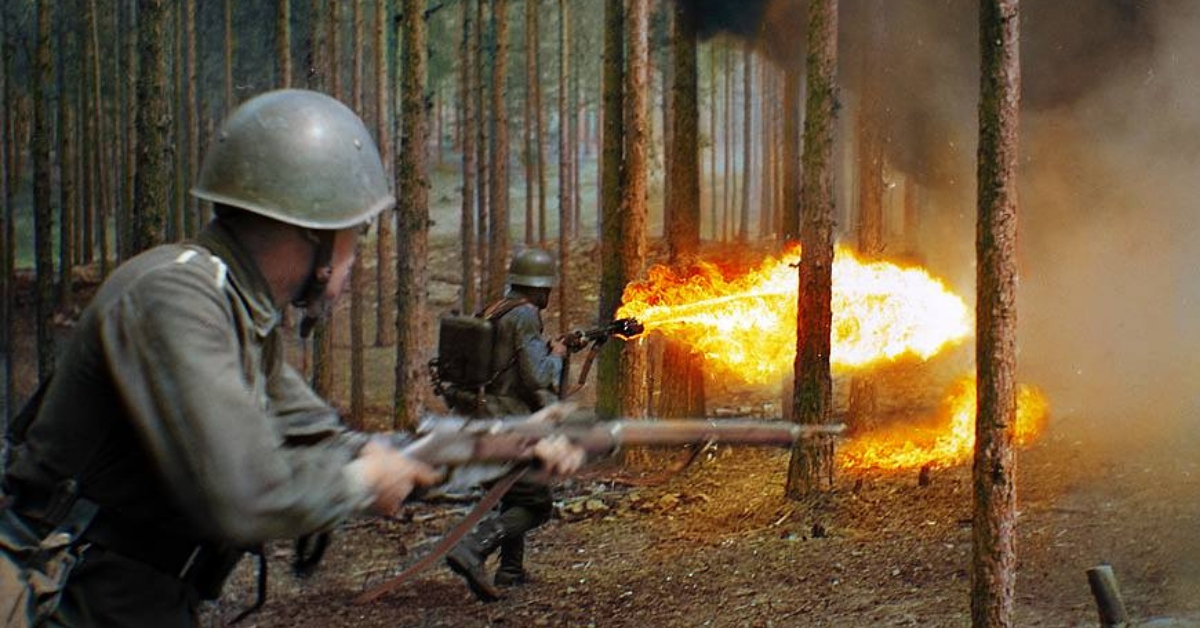The fear of fire is an inherent trait in both man and beast. On the pages of the history of war, many tales of devastating fire are not so hard to find.
During the ancient wars, the sky was often heavy with thick dark smoke as flaming arrows rained from all sides of the battle.
The Greeks took the use of fire to a new level during the siege at Constantinople by using rudimentary projectors to shoot short bursts of flaming oil at the enemy fleets. The catastrophic physical and psychological effects of this tactic birthed the legacy of Greek fire.
As the years passed, the use of fire in warfare continued to see technological advancements until the emergence of a weapon with a more sophisticated and more controllable stream of fire, which became known as a flamethrower.
In modern times, the use of flamethrowers was recorded in World Wars I and II, as well as the Korean and Vietnam Wars.
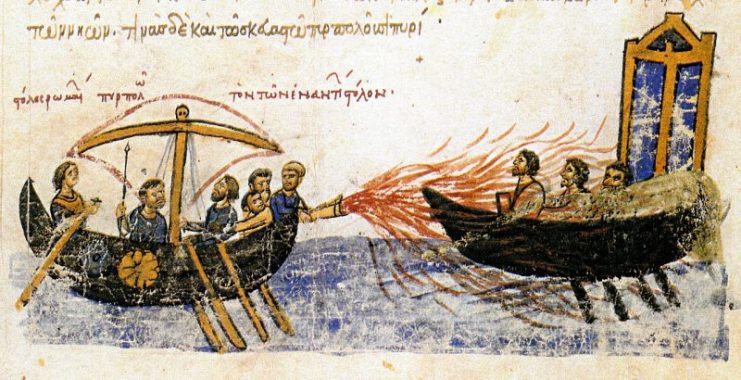
They have been developed into portable and mountable varieties, as well as liquid-based and gas-based varieties. Flamethrowers have since found use in areas apart from warfare, and have over the years been a subject of controversies, owing to its usage by civilians.
In this article, we will look at five things the reader might find interesting about one of the most psychologically terrifying weapons in history.
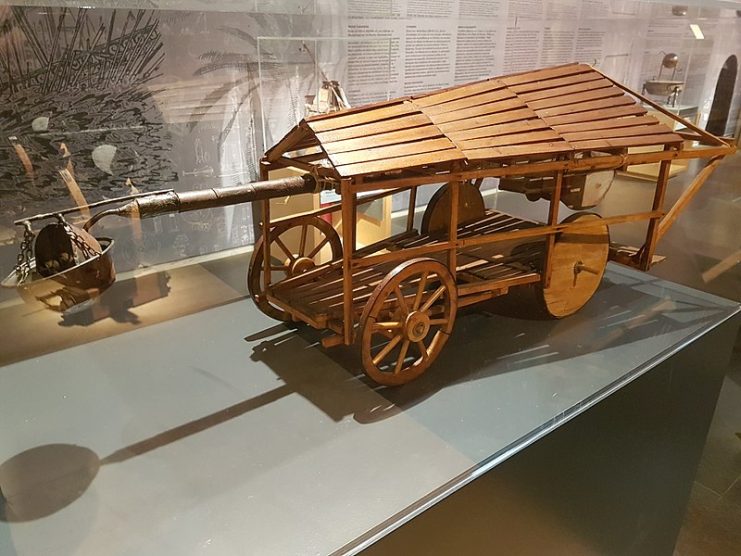
Let’s proceed.
Germany’s first flamethrower unit was commanded by a former firefighter
The invention of the modern, portable flamethrower is credited to a German engineer called Richard Fiedler, who submitted models of the device to the Imperial German Army in 1901.
The device was further developed with assistance from German officer Bernhard Reddemann, who had been working on a flamethrower of his own. Reddenmann, in late 1914, was tasked with assembling a special flamethrower unit and was also responsible for the tactical application of the weapon.
Interestingly, before the war Reddenmann had earned a strong reputation while serving as the chief fire officer of Breslau and Leipzig. Also, recruited within his first flamethrower units were a number of experienced firemen.
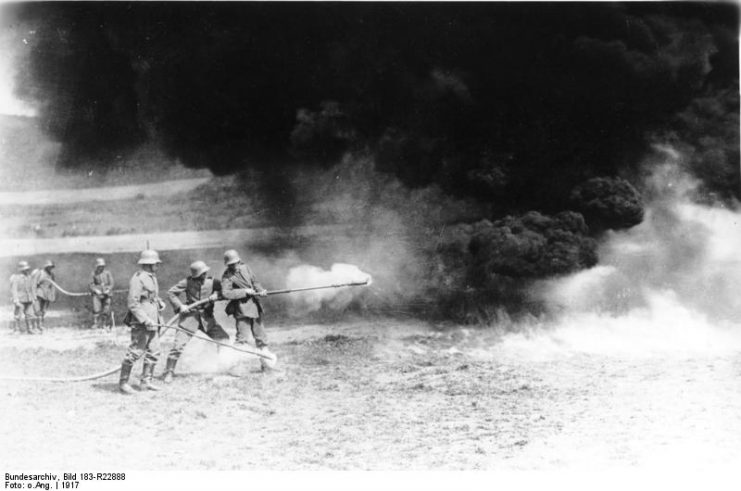
The majority of the casualties from flamethrowers were not from the actual flames themselves
Owing to mankind’s inherent fear of fire, flamethrowers produce intense psychological effects on their victims. The prospect of burning to death is undoubtedly unbearable. Flamethrowers were therefore effective against enemy fortifications and any form of guarded emplacements.
The first combat use of the flamethrowers in modern warfare came at Verdun in WWI, where the Germans shocked French forces with the terrifying new weapon. The same shocking experience hit British troops at Hooge.
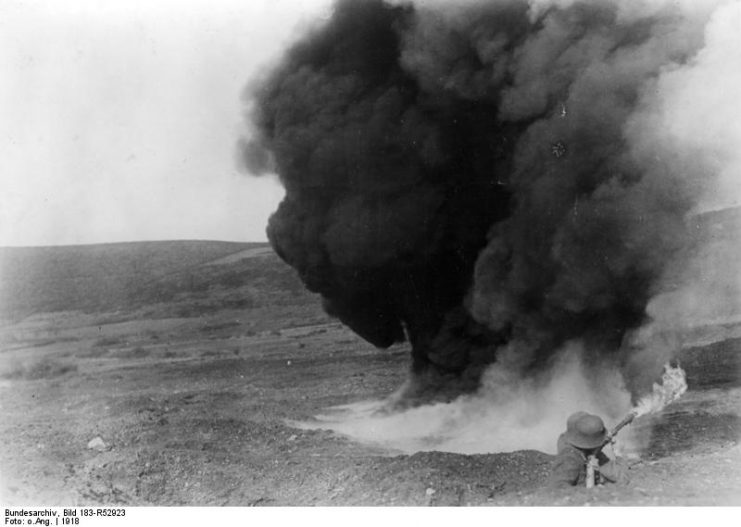
Although many were killed or injured in these encounters, only a small percentage was actually killed by the flamethrowers. The majority of the casualties occurred when terrified soldiers leaped out of their trenches for fear of getting burned, effectively breaking cover and exposing themselves to enemy fire.
This has, indeed, happened in most cases in which flamethrowers were used. Thus, the flamethrower has been known to be more effective in scaring soldiers out of their positions, rather than killing them outright.
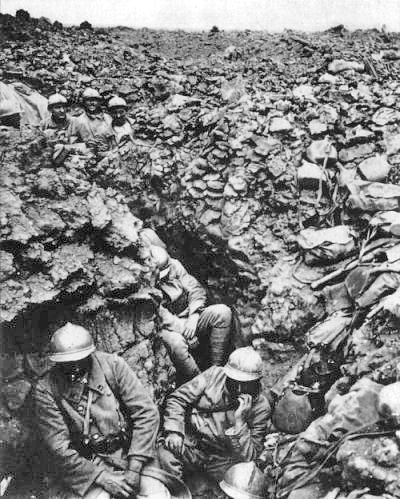
The first “Zippo boats” were created by parking flame-throwing Armored Personnel Carriers (APC) on Landing Craft Vessels
This innovation in flame-throwing technology was prompted by the river battles of the Vietnam War. As US forces launched their first large-scale assault on the Mekong Delta region of Vietnam, they realized that the ability to burn enemy bunkers and concealed positions along the river banks would be paramount in helping them succeed. So, in 1967, attempts at making what is known as Zippo boats began.
The first Zippo boat was made by fitting a M132A1 flame-throwing APC in the well deck of an Armored Troop Carrier. The potential in this hybridization led Navy engineers to proceed with making standard Zippo boats.
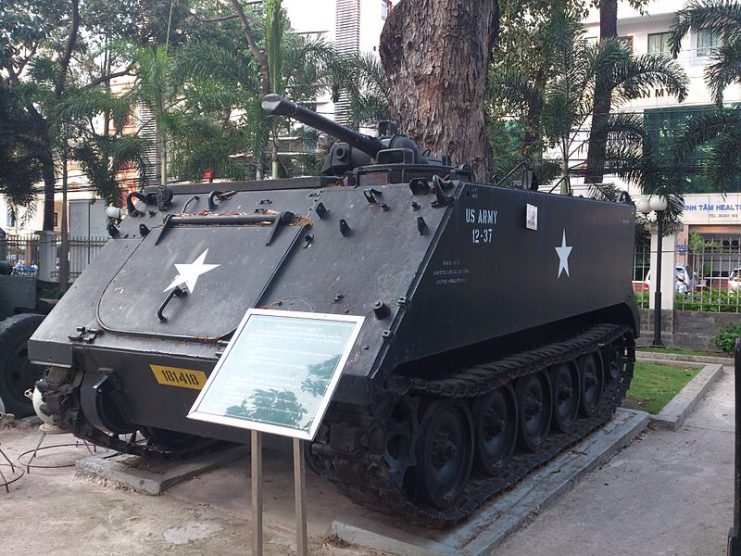
The Navy replaced the APC with a purpose-built boat fitted with two M10-8 flamethrowers. Compressed air and napalm tanks for the flamethrower component were housed in the well deck.
These Zippo boats had a speed of up to eight knots, carried a crew of seven, and could carry up to 1,350 gallons of compressed napalm which could be fired over a distance of 300 meters for up to a maximum duration of three minutes.
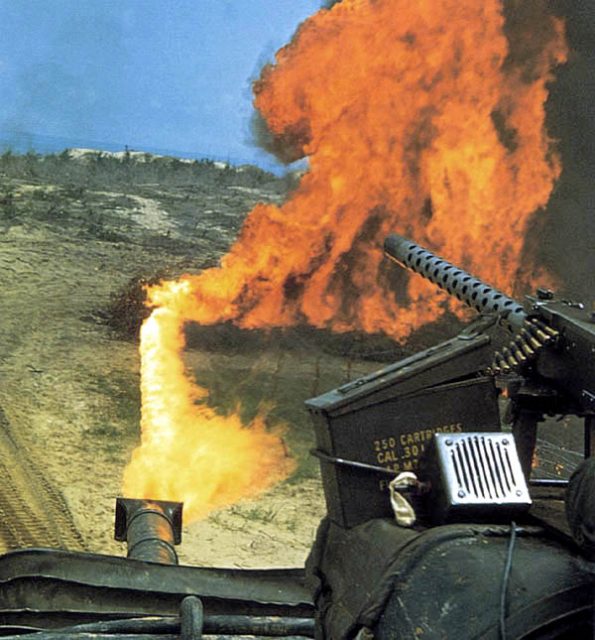
Flamethrowers were not particularly favorite weapons for use on the battlefield
The flamethrower, pregnant with fire, has typically been a weapon hated both by the victims and the operators.
This is because of several factors. Firstly, the flamethrower is usually heavy and cumbersome, and poses some impairment to the operator’s mobility.
Secondly, the weapon was easily expended. Since it is limited to a few seconds of burn time, its users are required to be very precise and conservative. Complicating this is the fact that flamethrowers have relative short range, so its operators usually had to get quite close to enemy positions to inflict damage.
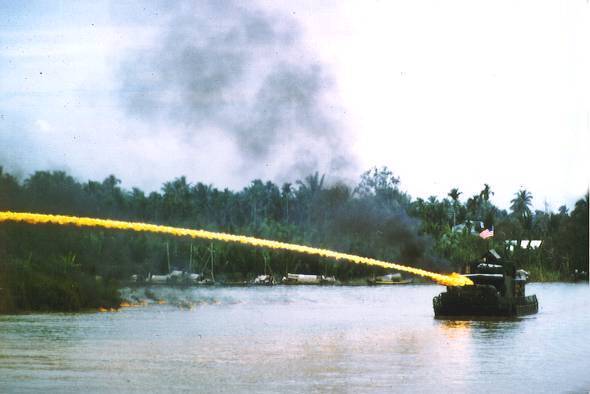
Thirdly, because the fear of fire is ingrained in everyone, enemies are always eager to eliminate its threat as soon as possible. As a result, flamethrowers were always particularly targeted in the battlefield, and this was worsened by the fact that flamethrowers were easily spotted while in action. Flamethrower operators therefore became juicy targets for enemy snipers.
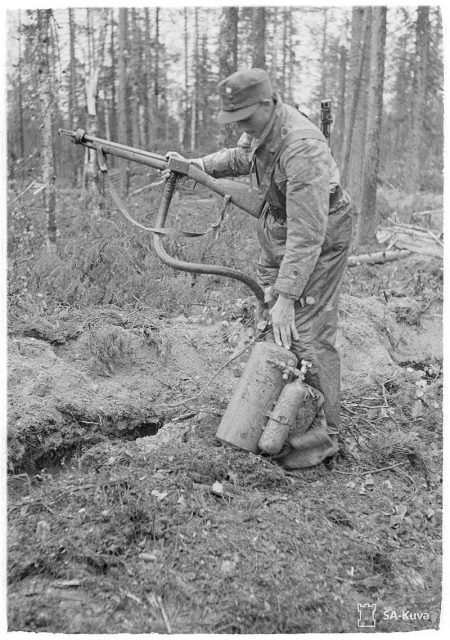
Operators of the weapon suffered some especially harsh treatment at the hands of the enemy, especially by enemy soldiers who survived the flamethrower’s attack. They were sometimes summarily executed.
To minimize these disadvantages, flamethrowers were mounted on armored vehicles. Flamethrower-equipped tanks were widely used during the Second World War by both the Axis and the Allies.
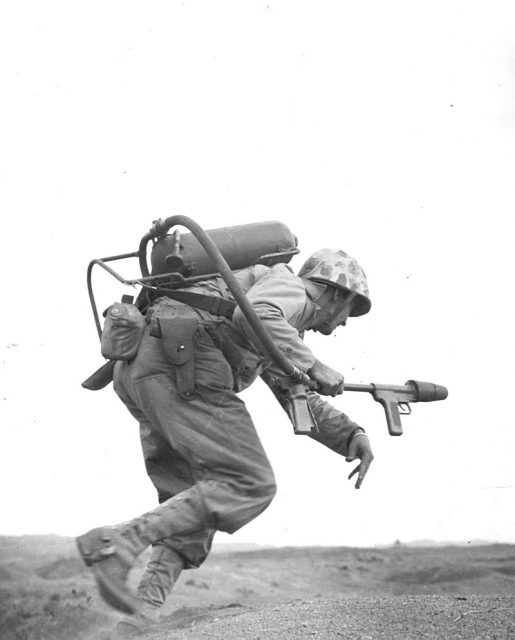
Public ownership of the flamethrower
The use of flamethrowers has long since gone beyond the military, and is in fact no longer used by the US military and most other militaries all over the world.
In the United States, though, private ownership of the incendiary device is not restricted by federal law. In fact, only California and Maryland are known to have placed some restrictions on the use of flamethrowers.
Flamethrowers are banned in the United Kingdom, and ownership of the device is punishable by up to 10 years imprisonment.
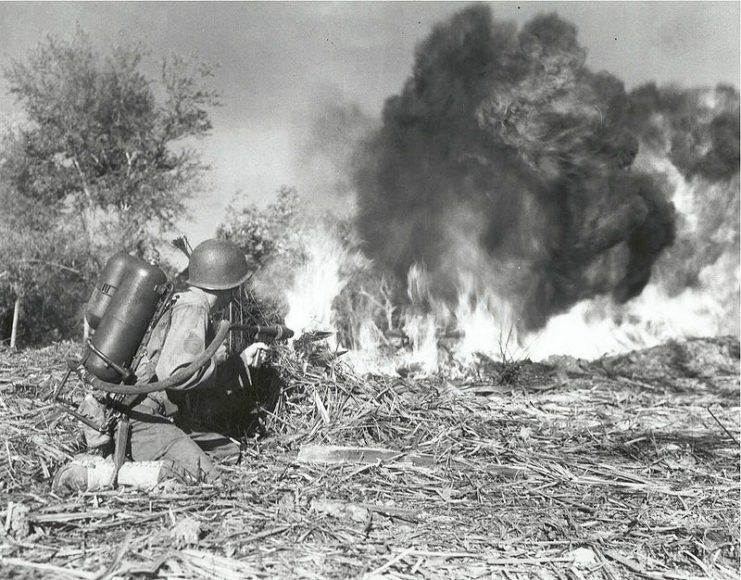
Flamethrowers were used as car security devices in South Africa in the form of “blasters,” invented by Carl Fourie, but they have since been discontinued.
Although flamethrowers are highly controversial devices, they are still widely used across the United States, with applications in areas such as agriculture, land management, and strangely, in firefighting. In fact, in 2018, Elon Musk’s Boring Company sold over $10 million USD worth of flamethrowers to the general public in just four days.
